

Learn Landscape Photography"Better
Landscape Photography - Part 2"
|
| This "Learn Landscape Photography" masterclass assumes you have read what I covered in "Better Landscape Photography" about the importance of light, particularly around dawn and sunrise, and takes it further. |  |
Light is, of course, equally important whatever time of day it is and so now I'll take a look at other types of light that are encountered in landscape photography and how to make the most of them.
I guess we all like warm sunny days with bright blue skies and fair weather cumulus clouds. It's not necessarily the best weather for landscape photography, certainly not for really dramatic pictures, but these are undeniably the most pleasant conditions to be outside and therefore understandably popular. And as far as photography goes it is a great time for picture postcard views.Learn Landscape Photography
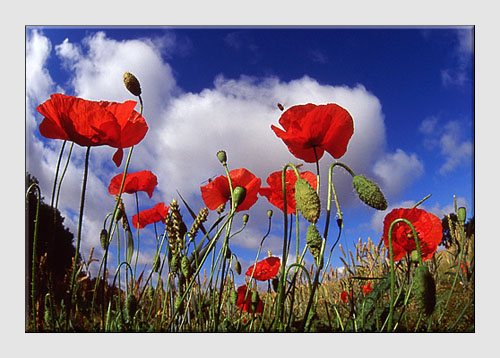
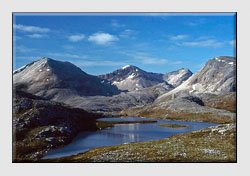 |
In
summer
photography is best completed by about |
If you plan your photography for early or late in the day, shadows become longer and lighter, allowing more detail to be retained and creating better modelling where they are cast across the land. The light is softer, more gentle and warmer in tone, with an almost indefinable quality of fresh crispness that really brings the scene to life.Learn Landscape Photography
| It's
definitely a case of the early bird
catches the worm and those that linger reap the reward. Winter
introduces a
potential handicap in the form of shorter days, but even at |
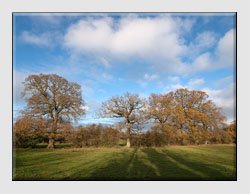 |
Nice as they are, thankfully not all days are like this. The best weather for landscape photography is often when it is unsettled and changeable with heavy showers interspersed with sunshine. There's the constant threat of getting soaked and, as these conditions are often brought to us by courtesy of a stiff north-westerly, it can be pretty cold from autumn through to spring. Sometimes, it is true, you do have to suffer for your art!Learn Landscape Photography
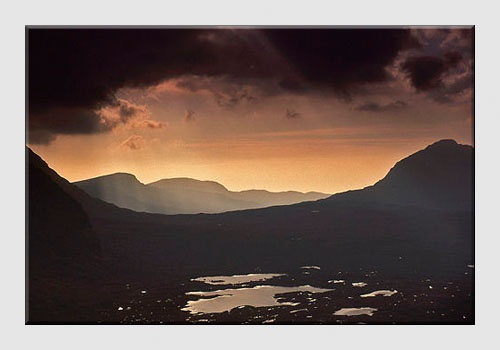
The rewards are often spectacular, with dark brooding clouds dominating the sky, ominous and threatening. Foreground objects caught by a shaft of piercing sunlight seem to almost leap out of the scene against this sombre, menacing backdrop. The contrast of two different types of light - light against light, to borrow a phrase from Galen Rowell – is nothing short of amazing. These magic moments rarely last for long. All too often you see it just as the rampaging clouds are about to close that small window of opportunity and extinguish the sun, seemingly forever.
| Anticipation, awareness, persistence and a propensity for luck all become vital qualities for the landscape photographer. If you think that luck is beyond your control it is worth noting that the more you go out in those conditions, the longer you wait and the more you practice, the luckier you seem to get! | 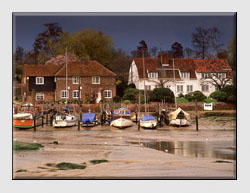 |
There are days when the cloud cover is complete, with little or no chance of the sun appearing. In "Better Landscape Photography" I recommended these conditions for more intimate landscapes in woodland, etc., where the sky could be excluded and the soft light used to reveal fine detail closer to the camera. However, if the cloud is dark enough to allow some contrast and tone in the sky, you can still take open views.
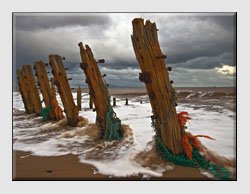 |
Just be sure to have a dynamic foreground with strong shapes or details that benefit from the soft light. Such conditions can be successful at establishing a sombre or desolate mood, and mood is essential to landscape photography. With this type of light, unlike most others, time of day is relatively unimportant. |
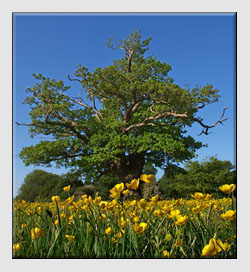 |
At the other extreme are clear blue, cloudless skies. They lack drama, seldom evoke a strong mood and, despite the initial attraction of not having to wait for the sun to appear, most photographers quickly realize that these conditions are not easily going to yield an image to get excited about. They do have their place, however, particularly when used as a backdrop against which bold shapes or colours can be displayed without the distraction of clouds competing for attention. |
Mood, if it exists, is invariably one of joyful exuberance; “All things bright and beautiful” springs to mind. Of course, you can always choose compositions that exclude the sky if that monotonous uniform blue is posing a problem, just the same as you can when grey sky threatens to kill the image. Learn Landscape Photography
Against
the light, or contre-jour photographs are
most often associated with sunset and sunrise but this technique can be
used at
other times of day, too. Remember, though, that the sun becomes
stronger and
brighter as it rises further above the horizon and therefore flare
becomes more
difficult to control or avoid, particularly if the sun itself is
included in
the image.
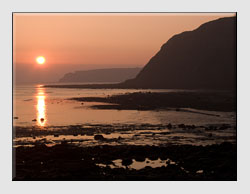
The reason for this is that the Earth's atmosphere contains at
different levels various gases, water particles, pollution and dust.
All these
combine to act as a giant neutral density filter, reducing the
intensity of the
sunlight. When the sun is just above the horizon its light travels
obliquely
through the atmosphere, meaning there are more of these filtering
agents for it
to pass through before it reaches your lens than when entering the
atmosphere
at a more perpendicular angle around
The practical effect is that we need to be even more aware of the effects of flare than at either end of the day. When the sun is out of frame a lens hood, of course, is a good idea but most are not as effective as they might be, particularly if designed for a zoom lens. Such hoods have to be designed not to cause vignetting when the lens is set to its shortest focal length, therefore when a longer focal length is selected the sun could be outside the field of view but not shielded from striking the front element by the hood. The remedy is to use your hand or a sheet of card to shield the lens more effectively, but carefully check the viewfinder or screen to ensure it doesn't encroach upon the image.Learn Landscape Photography
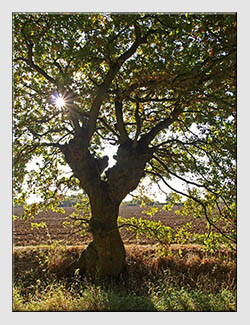 |
When
the sun itself is within the field of view you
obviously can't shield it yourself, but you can use an object within
the
composition to shield it or partly obscure it for you. Suitable props
for this
technique include trees, buildings, rock formations and clouds. If you
are
still getting flare try opening or closing the aperture. Much flare is created by stray light within the lens bouncing off the diaphragm blades and opening or closing these slightly can sometimes help significantly, even if it's just to reduce the size of the flare spots. |
Also, if your lens is fitted with a UV or protector filter it is wise to remove it before shooting as these are often instrumental in causing flare, particularly if dirty. It is useful to employ these measures against flare for sunrises and sunsets too, as the sun is often still pretty intense despite the natural filtering action of the atmosphere.
Talking of sunsets, that brings us almost full circle to where we started. Almost, but not quite, because although similar light and conditions to sunrise are often experienced there are subtle differences. You are more likely to get mist at sunrise as the sun rapidly warms the Earth and its atmosphere, causing moisture to condense. Even on clear days there is a greater likelihood of a hazy sunset, caused by the build up of pollution throughout the day. This will often result in richer, stronger and more vibrant colours rather than the paler, pastel tones that are often associated with dawn.Learn Landscape Photography
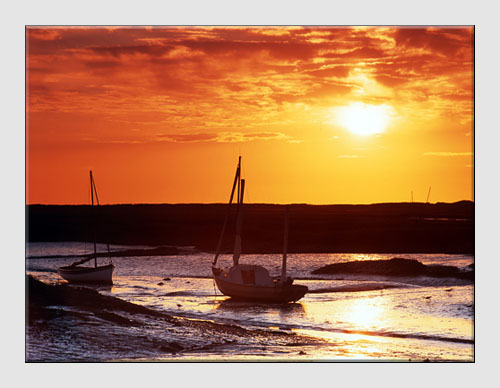
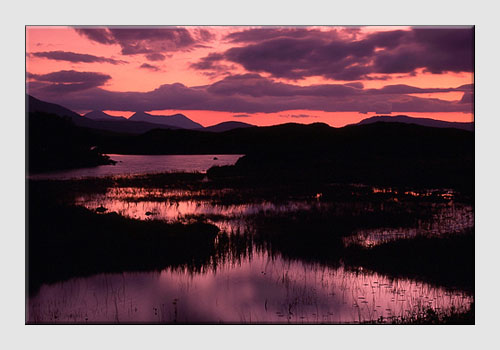
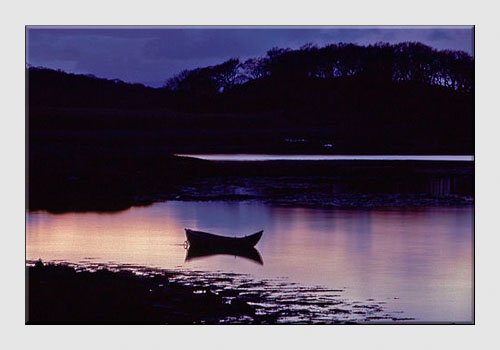
More of John's superb Landscape Photographs and his advice are available in his new book - The Light Fantastic.
Some of his images are displayed in the Gallery of Better Photographs
Recommended Reading for Learn Landscape Photography
- First Light - Joe Cornish
- Waiting for the Light - David Noton
- Mastering
Landscape Photography - Alain Briot
- Reading
the Landscape
- Peter Watson
- Transient Light - Ian Cameron
- Working the Light - Eddie Ephraums
 |
| Image of the Month |
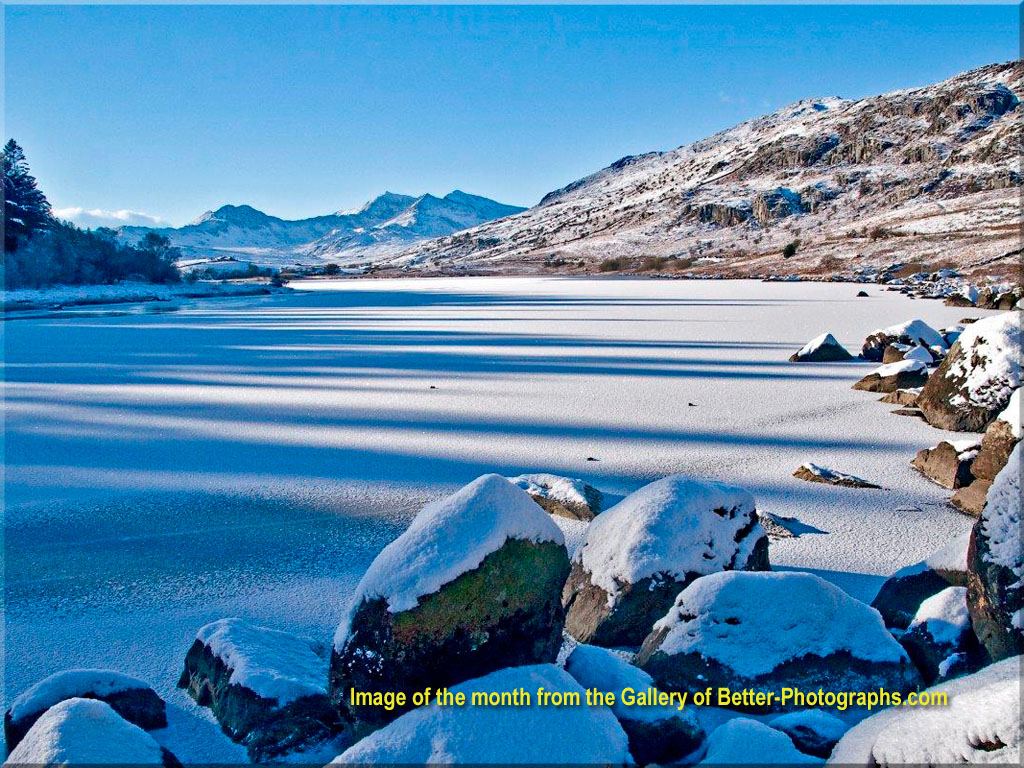 |
| Click here to download it. |
| Find It |

Custom Search
|
| All of the advice, tutorials, masterclasses and ideas on this website are available to you at no charge. Even so, its upkeep does incur costs. |
|
| If you feel that
the site has helped you then any contribution you make, however small,
would go towards its ongoing maintenance and development. Thanks for your help. |
| Book of the Month |
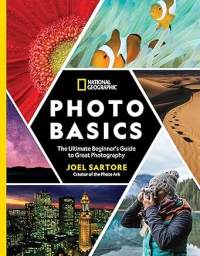 |
| Click here to read the review. |
|
|

New! Comments
Have your say about what you just read! Leave me a comment in the box below.